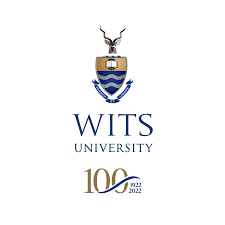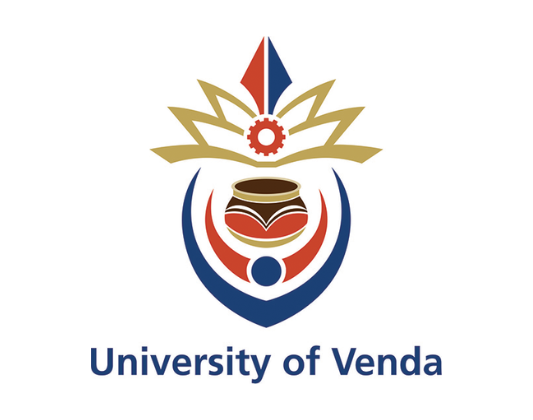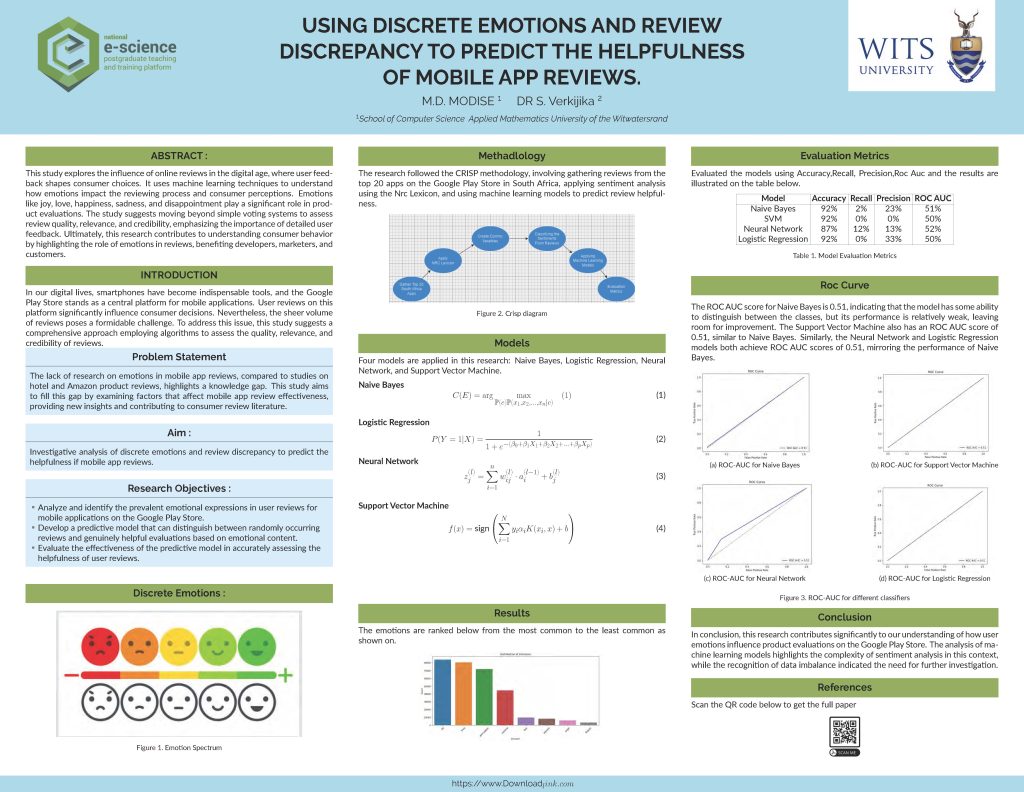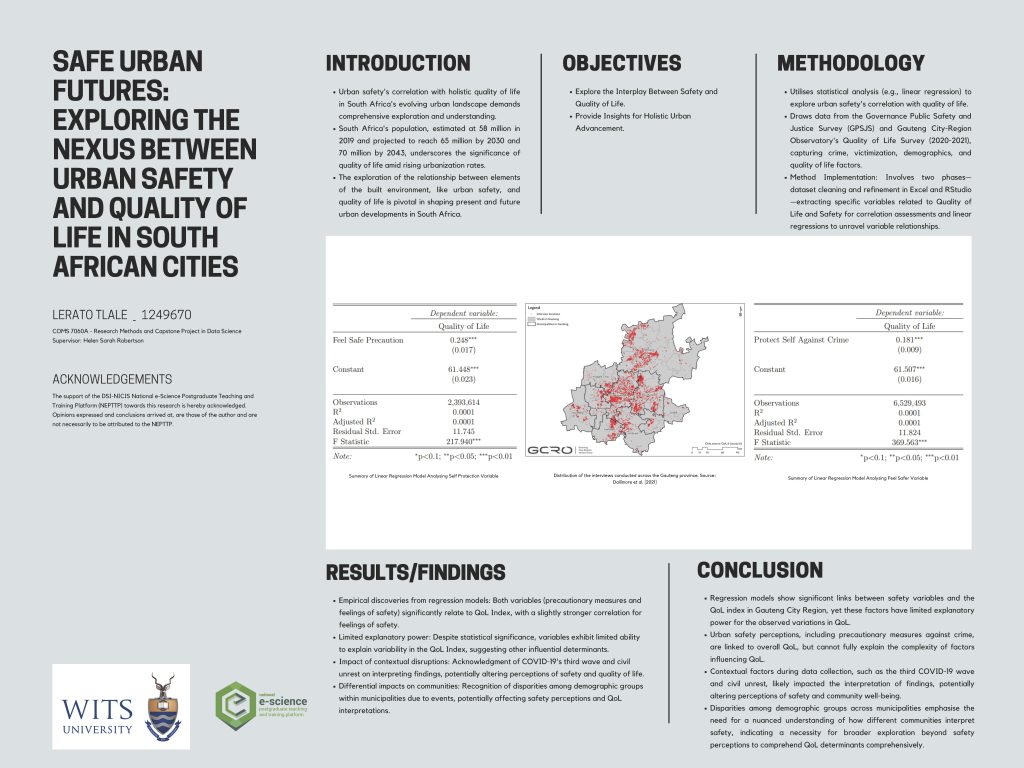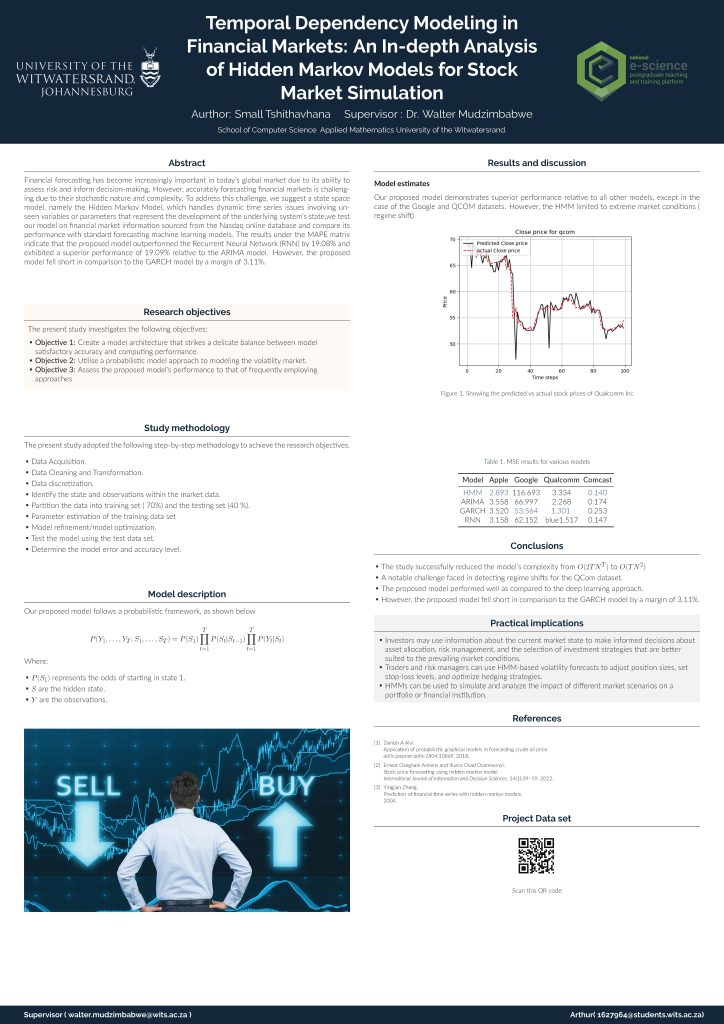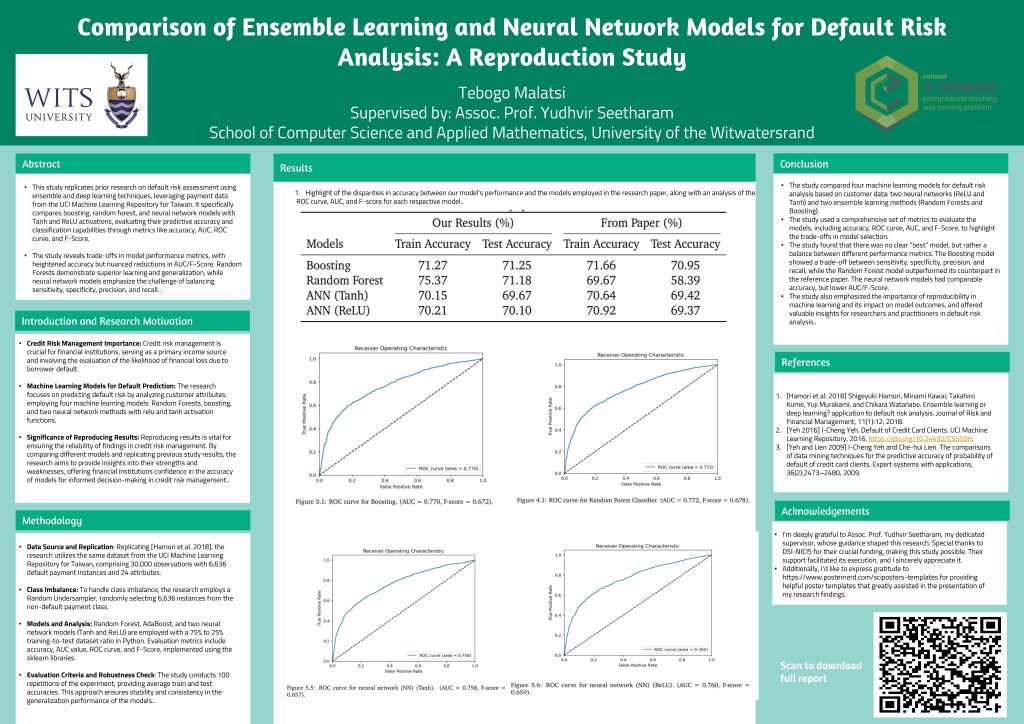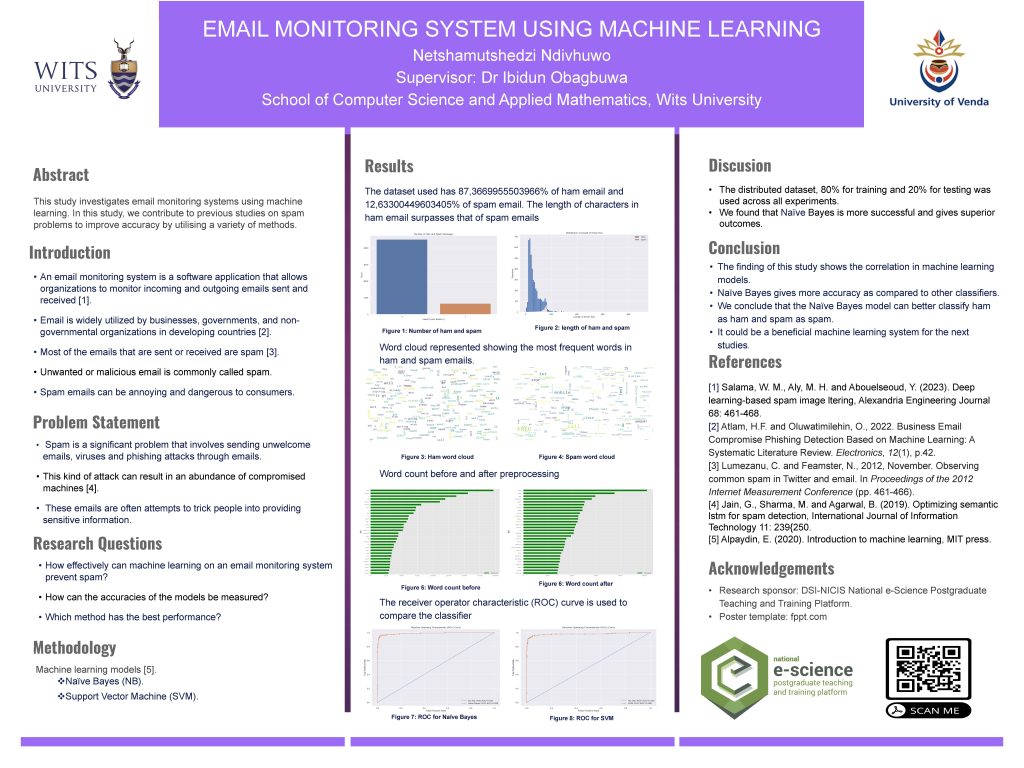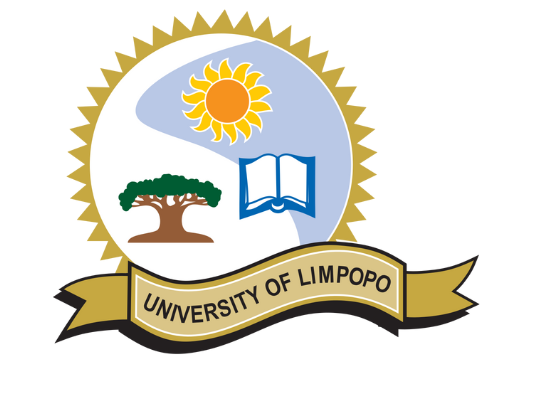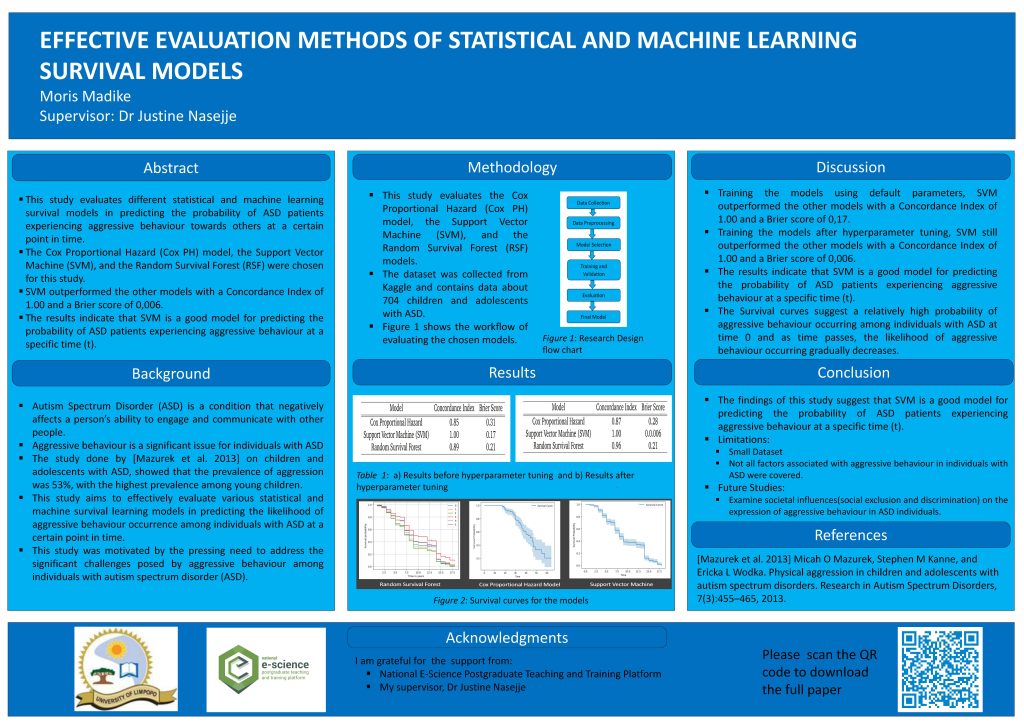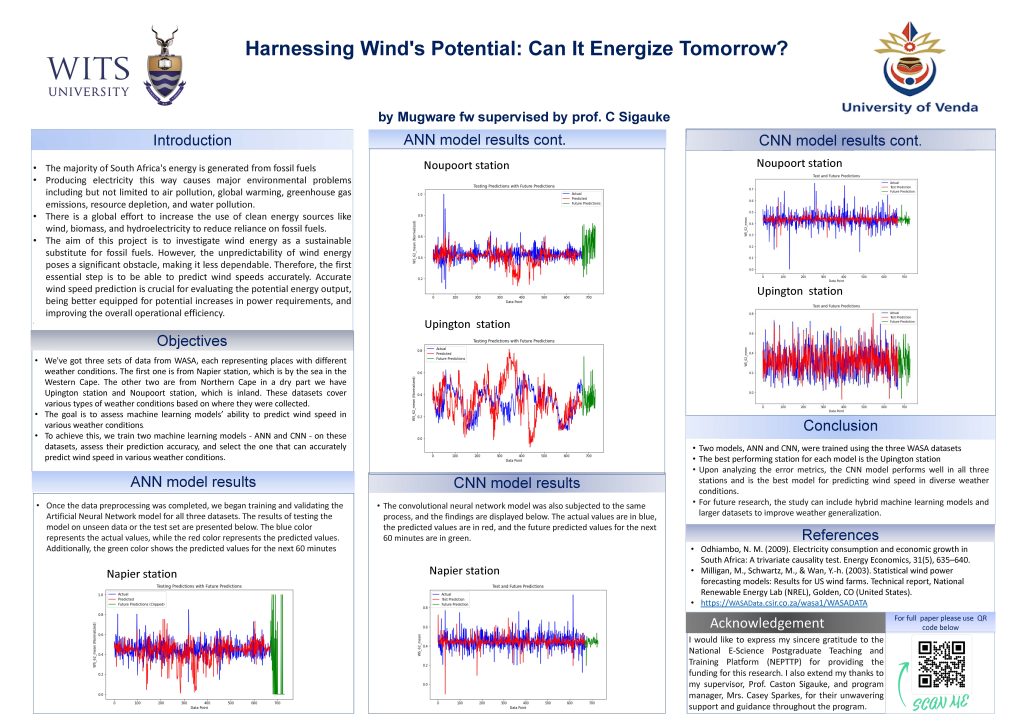Random Sampling-based Relative Radiometric Normalisation
Researcher: Wessel Bonnet, University of the Witwatersrand, Johannesburg
Supervisors: Turgay Çelik, University of the Witwatersrand, Johannesburg
Relative radiometric normalisation (RRN) is a widely used methodology for change detection and radiometric calibration of corresponding multispectral images for further analysis. However, standard RRN methods are not robust against anomalous (or outlier) pixels, which warp the calibration and decrease the spectral similarity of processed images. This research seeks to improve the calibration of corresponding
multispectral images through relative radiometric normalisation by utilising a novel random sampling-based method based on the random sampling consensus (RANSAC) to exclude outlier pixels from the analysis. A comparison is made against the widely used Covariance Equalisation (CE), Multivariate Alteration Detection (MAD), Iteratively Reweighted MAD (IR-MAD) and Iterative Slow Feature Analysis (ISFA) algorithms in terms of computing times, mean squared error and the structural similarity index measure. The experimental results show that the proposed method performs favourably against CE, MAD, IR-MAD and ISFA in all metrics considered in this research.
